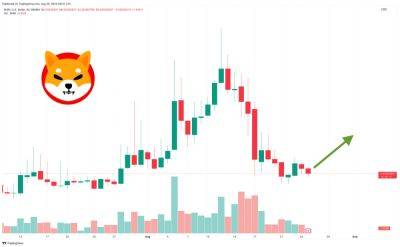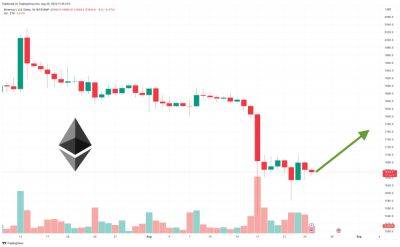Price analysis 8/14: SPX, DXY, BTC, ETH, BNB, XRP, ADA, DOGE, SOL, MATIC
Bitcoin has been stuck inside a tight range in August. Glassnode lead on-chain analyst Checkmate highlighted that the spread between the upper and lower Bollinger Bands for Bitcoin has shrunk to 2.9%, its third-tightest ever.
Typically, periods of low volatility are followed by a range expansion. The longer the time spent inside a range, the stronger the eventual breakout from it. The only problem is that it is difficult to time the breakout with certainty. Therefore, traders should be watchful. Otherwise, they may miss out on the opportunity to ride the next trending move.
One reason that risk assets may be weighed down is the strength of the U.S. Dollar Index (DXY), which has risen for four consecutive weeks.
In contrast, United States equities markets entered a corrective phase in the past few days. The S&P 500 Index (SPX) and the Nasdaq Composite have both pulled back for the past two weeks, indicating profit-booking by short-term traders.
What are the important support and resistance levels to watch for in Bitcoin (BTC) and altcoins? Let’s analyze the charts to find out.
The S&P 500 Index dipped below the 20-day exponential moving average (EMA) of 4,497 on Aug. 3, and since then, the bears thwarted several attempts by the bulls to push the price back above this level.
The price bounced off the 50-day simple moving average (SMA) of 4,443 on Aug. 14, indicating that the bulls are guarding this level with all their might. Buyers will try to keep up the momentum and shove the price back above the 20-day EMA. If they succeed, the index could start its journey to 4,607 and subsequently to 4,650.
If bears want to seize control, they will have to protect the 20-day EMA and tug the price below the 50-day SMA. That could start a
Read more on cointelegraph.com






















